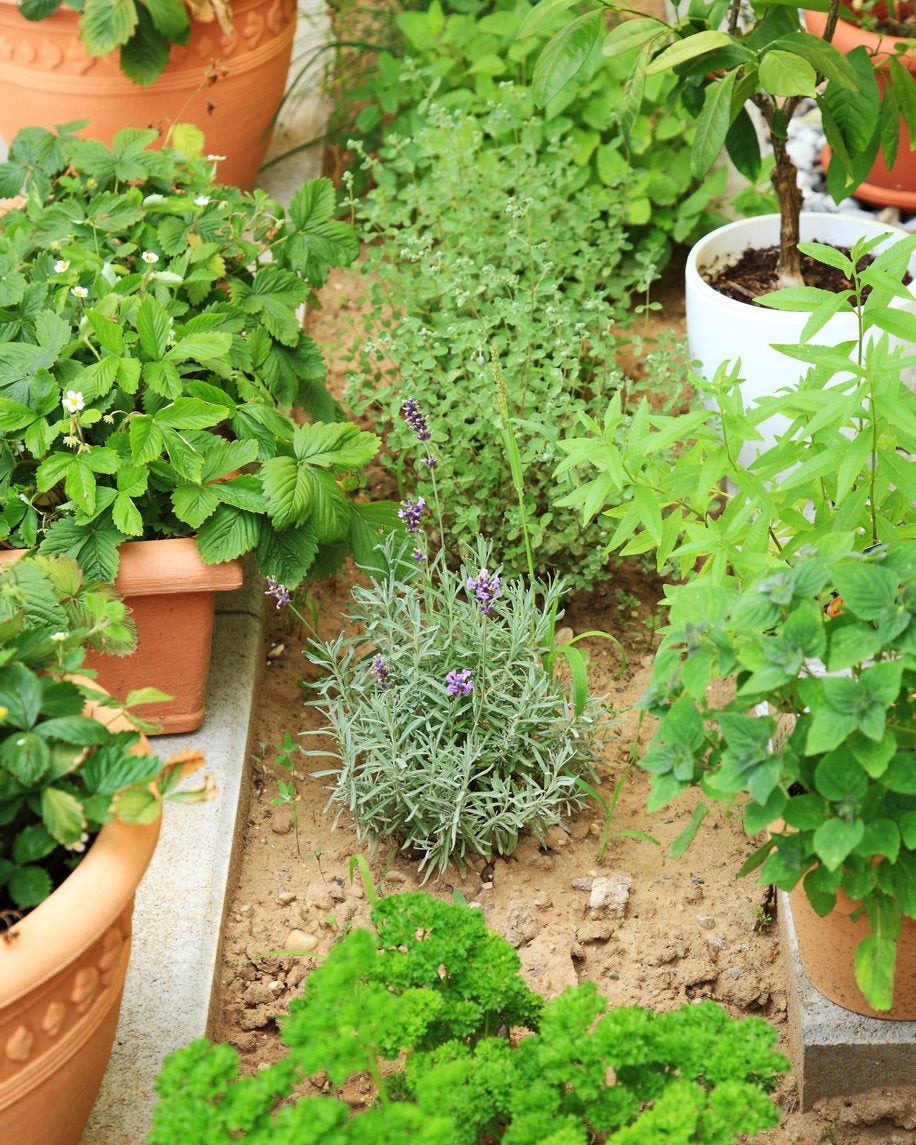Zone 7 Herb Plants: Choosing Herbs For Zone 7 Gardens

Residents of USDA zone 7 have a wealth of plants suited to this growing area and among these are many hardy herbs for zone 7. Herbs by nature are easy to grow with many being drought-tolerant. They do not require heavily nutrient-rich soil and are naturally resistant to many insects and diseases. The following article provides a list of suitable zone 7 herb plants, information about choosing herbs for zone 7, and helpful tips when growing herbs in zone 7.
About Zone 7 Herb Gardening
When choosing herbs for zone 7, if you have your heart set on a particular perennial herb that isn’t suited to zone 7 herb gardening, you might want to try growing it in a container and then bring it indoors over winter.
If the difference is minor, say between zones a and b, plant the herb in a protected area such as between two buildings in an alcove or between a solid fence and a building. If this isn’t possible, mulch heavily around the plant in the fall and keep your fingers crossed. The plant may make it through the winter.
Otherwise, plan to grow any perennial herbs that are not zone 7 herb plants as annuals. Of course, in the case of annual herbs, they set seed and die within a single growing season and winter temperatures are not a factor.
Zone 7 Herb Plants
If you have a cat, then catnip is a must for the garden. Catnip is hardy in zones 3 to 9 and is a member of the mint family. As a member of the mint family, catnip can also be used to brew a relaxing tea.
Speaking of tea, chamomile is a great choice for gardeners in zone 7 and is suited to zones 5 to 8. Chives are mildly onion-flavored herbs that are suited to zones 3 to 9. The lovely lavender-colored blossoms are edible too. Comfrey can be grown in zones 3 to 8 and is used medicinally. Echinacea can be grown to be used medicinally to boost the immune system, or simply for its pretty purple daisy-like blooms.
Feverfew is a medicinal herb that is used to treat migraines and arthritis pain. With its lacy leaves and daisy-like flowers, feverfew makes a lovely addition to herb gardens in zones 5 to 9.
Sign up for the Gardening Know How newsletter today and receive a free copy of our e-book "How to Grow Delicious Tomatoes".
While French lavender is not a hardy herb for zone 7, Grosso and English lavender are suited to growing in this zone. There are so many uses for lavender, and it smells heavenly, so definitely try growing these herbs in zone 7. Lemon balm is suited to zones 5 to 9 and is another member of the mint family with a lemony aroma that makes a relaxing tea.
Marjoram is often used in Italian and Greek food and is related to oregano. It can be grown in zones 4 to 8. Mint is suited to zones 4 to 9 and is notoriously winter-hardy. Mint is very easy to grow, maybe a little too easy, as it can easily take over a space. Mint comes in many varieties, from spearmint to chocolate mint to orange mint. Some are more suited to zone 7 than others so check before planting.
Like marjoram, oregano is commonly found in Italian and Greek cuisine and is suited to zones 5 to 12. Parsley is a common herb that may be curly or flat leaf and is often seen as a garnish. Suited to zones 6 to 9, parsley is a biennial that leafs out in its first season and flowers in its second.
Rue is more commonly used medicinally or as a landscape plant, although its bitter leaves add variety to ho-hum salads. Sage is suited to zones 5 to 9 and is often used in cooking. Tarragon is suited to zones 4 to 9 and has a distinct anise flavor that enlivens foods.
Thyme comes in many varieties and is also suited to zones 4 to 9. The above list are perennial herbs (or in the case of parsley, biennials). Annual herbs should have no problem in zone 7 herb gardens, as they live just during the growing season and then die back naturally.

Amy Grant has been gardening for 30 years and writing for 15. A professional chef and caterer, Amy's area of expertise is culinary gardening.
